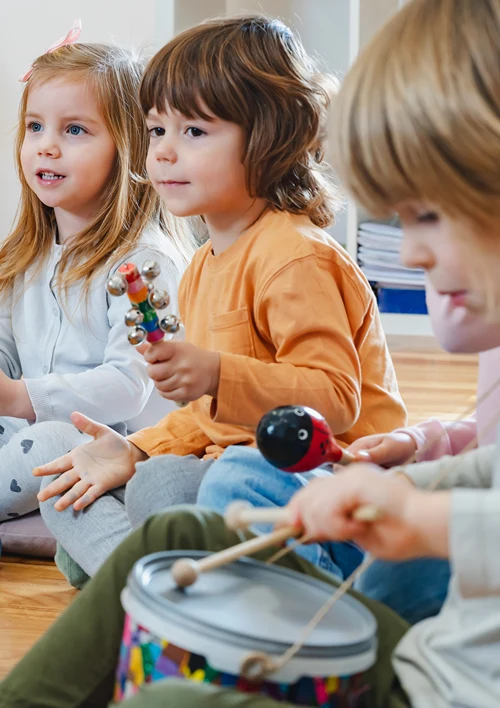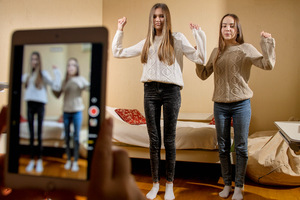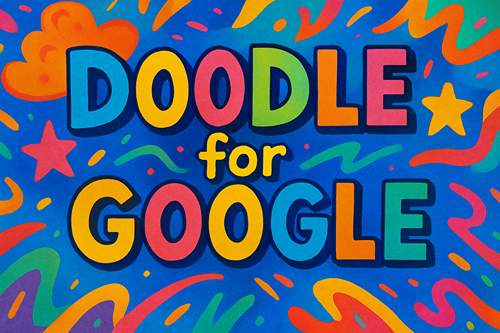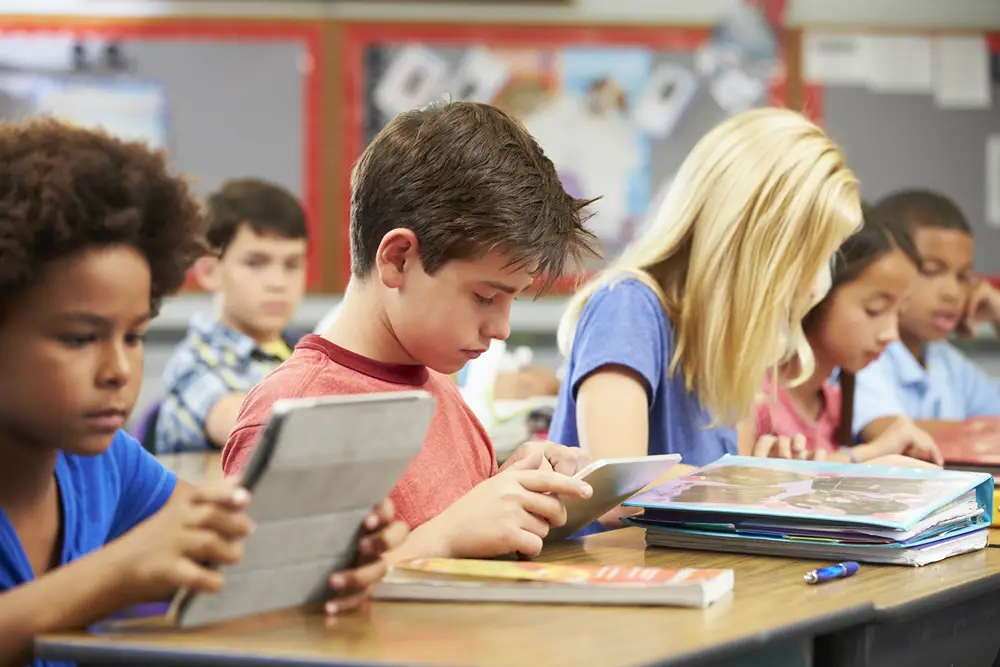Creative Ways To Use Music In Preschool Education
Music holds a lot of power in child development. That’s why many children’s songs and age-appropriate activities involve music. It can do even more when you incorporate melodies into lessons for preschoolers. The right songs can boost a child’s IQ, improve communication, and make them happy.
Using music in preschool education can be easier said than done sometimes. Not every method works on most kids. However, these examples may effectively teach and encourage love for music in children.
Create Musical Morning Routines
Children, especially younger ones, thrive on routines. Following predictable activities helps kids feel more secure and teaches them structure. If your preschool class already has daily routines, adding a few melodies could engage the kids more.
A customized ‘welcome’ song is a fantastic musical activity to start the day. It doesn’t have to be fancy. A simple melody with understandable lyrics is enough. Why not include each child’s name in the song or mention the day of the week to make it more personal to your class?
You can also pair music with the kids’ daily tasks. A song for each activity turns a mundane drill into an exciting learning opportunity.
For parents, you’d want only the best for your children. Many early childhood education centers are great, but consider a daycare that includes music in its curriculum. Music as a separate subject and an element of everyday routines creates structure and makes kids feel included.
Use Songs for Storytelling
Songs have always been part of storytelling, and for many ancient societies, music was the only mode of relaying tales. Keep up the tradition by combining stories and music—two things kids enjoy.
Music in preschool education through stories makes the experience more engaging. For example, when reading ‘The Three Little Pigs’, sing repeated lines or assign each pig a specific sound. Why not turn classic fairytales into simple musical numbers? Give each child an instrument to play during their designated character’s parts, so everyone has a role.
You can introduce sing-along books if you’re not musically adept as a teacher. Many nursery rhymes, like ‘There Was an Old Lady Who Swallowed a Fly,’ come in book form. Sing along as you read to the children and encourage them to follow your lead. It’s entertaining, but it’s also critical to a child’s language development and cognitive skills.
Turn Lessons into Musical Games
Have your kids been uninterested in their lessons lately? Boost their enthusiasm by turning class sessions into musical games! Many catchy songs teach preschoolers about numbers, colors, and shapes. Some even teach basic science concepts.
Try a game where kids walk in a circle while a song plays—like musical chairs. Then, when the music stops, let them answer a color-related question. Another activity is playing a ‘count and clap’ rhythm game to practice children’s number sequencing.
Call-and-response songs work well, too. They teach kids how to listen, memorize, and participate while reinforcing classroom topics. These games are fun musical experiences that form connections between learning and movement.
Explore Feelings Through Music
If there’s one trait most young children share, it’s the inability to express emotions appropriately. That’s why some have tantrums when they encounter a stressful event.
Music is a gentle tool for helping kids understand and regulate their emotions. In fact, the emotional benefits of music are so well-researched that it’s even incorporated in therapy for all ages.
Introduce songs about different feelings, like the ever-reliable ‘If You’re Happy and You Know It.’ As you play or perform the song, ask questions such as, ‘How does this song make you feel?’ or ‘Can you show me a sad face as we listen to this slow song?’
To encourage healthier emotional regulation, set up a ‘feelings corner.’ Add soft music and calming instruments like chimes and rain sticks in this spot. Children can visit this corner when they need to calm down or express themselves. This classroom spot gives them an outlet for their emotions safely and creatively.
Incorporate Music in Art and Movement Projects
Songs are flexible enough to be paired with other activities kids love. You can find music in preschool education integrated with art subjects and even PE, helping develop coordination in kids.
Play different tunes while the children paint or draw and see how they affect their choices. Fast-tempo songs might inspire them to make bolder strokes and use vivid colors, while slow ones could lead to softer patterns.
Any physical activity is also a great match with music. Dance songs shine here, with classic melodies like ‘Head, Shoulders, Knees, and Toes’ teaching kids about their bodies. If you can, choreograph a dance based on themes like seasons or farm animals. Ensure the dance is simple so the kids can follow it, enhancing their motor skills through every step.
Encourage Child-Led Music Creation
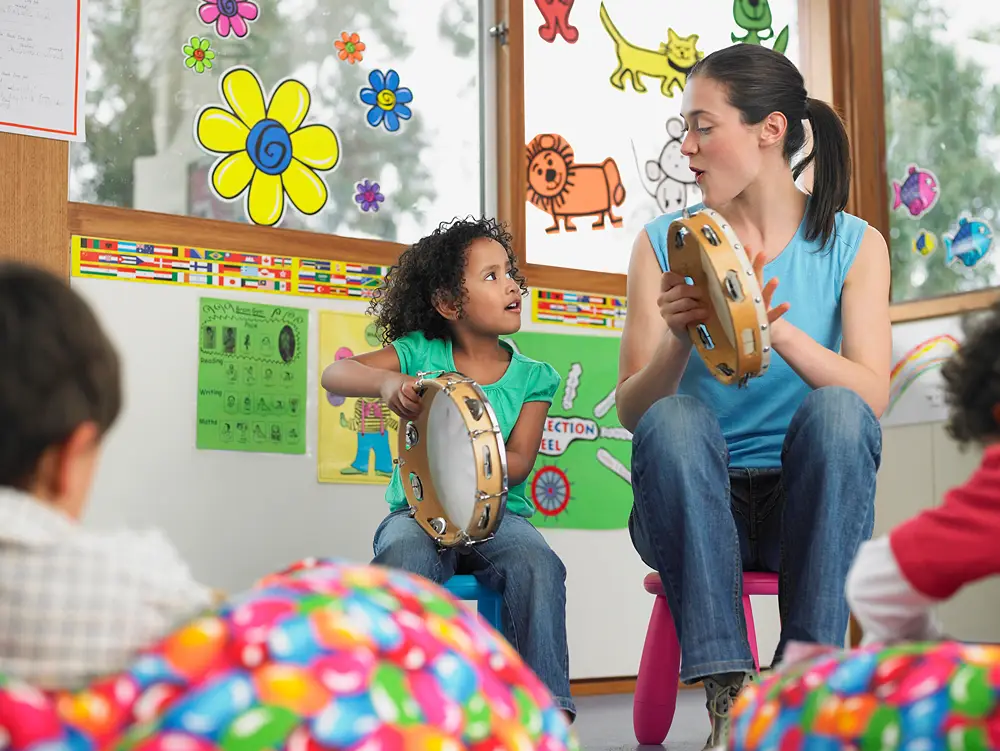
You don’t always have to be the one making all the plans. The kids might have wonderful ideas for playing around with music. Encourage them to make their own! Have some simple musical instruments ready or craft them.
Some DIY instruments include paper plate tambourines, plastic spoon maracas, and straw pan flutes. Afterward, watch the children proudly show off their creations and musical talents.
Guide your preschoolers through group songwriting sessions, too. For instance, ask them to help you create new lyrics to familiar songs or write a song about a topic. This opportunity unleashes their creativity and refines their cognitive development and language skills.
Conclusion
Music in preschool education doesn’t have to be a separate subject. You can effectively incorporate it into everything you do in class. When done right, it could become a vital element in the development of children.
So, fill the silence with sounds! The kids will love learning even more when you pair fun music with lessons and chores in the classroom.

